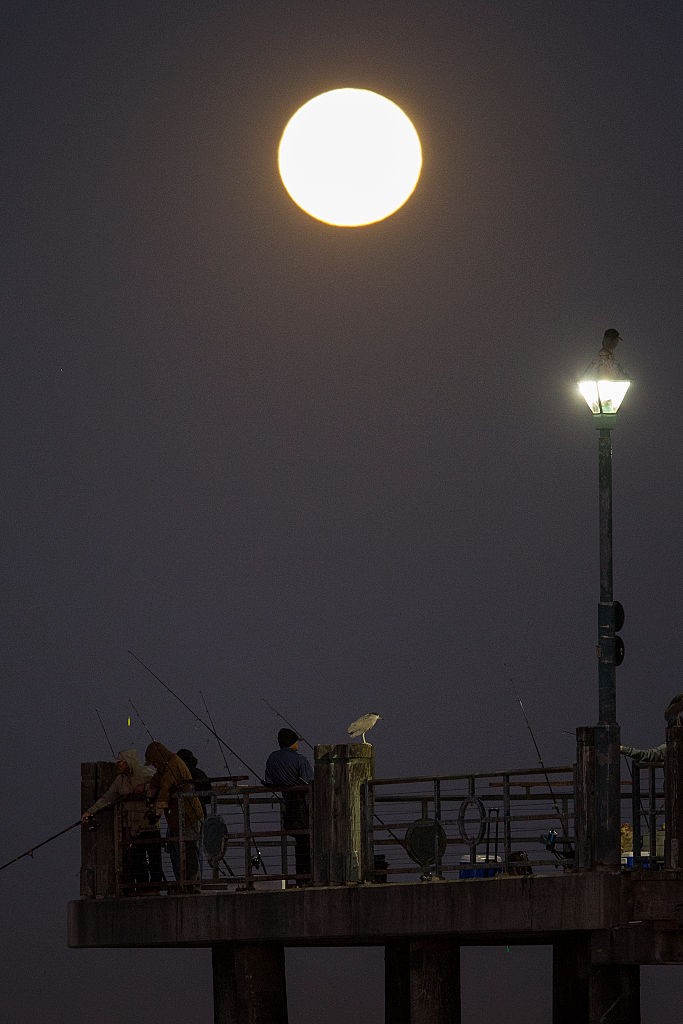The last Supermoon this 2016 will happen December 12 (13th in other parts of the world) and the same will not be seen again until some decades after. But there are more reasons to come out at night and gaze at the sky during the month - meter showers and other astronomic events in the coming weeks are sure to light up sky to the delight of the eyes.
The Supermoon last November was the closest recorded since 1948 but the repeat on the 12th and 13th is nearly with the same magnitude in terms of size and brightness. The last of the trifecta of extra-large full moons that started in October, the December version will see the moon closing in on Earth and the two heavenly bodies will only be separated by distance of 222,738 miles, according to a report by the National Geographic.
The celestial show starts at around 1:25 PM ET on December 12 and will peak the next day at 2:06 PM. In both occasions, the NG report said that the giant star Aldebaran will somehow steal the show and will be visible with the help of telescope or binoculars as a bright and flickering orange dot.
Then on December 13, the yearly Geminid meteor shower is scheduled to reappear to leave night sky watchers in North America in awe. NG said the minimum shooting stars to see will be no less than 60 per hour and will likely peak by up to 120.
The same will happen on December 22 but the maximum shooting stars that will rain down are set only to 30 or 10 at the minimum per hour. This is known as the Ursid meteor shower and the spectacle is best seen starting 1AM, again in North America.
In December 16, provided there will be a clear sky and using telescope or binoculars, the Beehive open star cluster, located 610 lightyears from Earth, will be faintly visible (as explained by the distance). Historians referred to the cluster as Little Mist in the constellation Cancer.
And on the 21st of month, those in the Northern Hemisphere will start experiencing shorter days as "the sun will be at its lowest point in the sky ... (and) the Earth is tilted on its axis at it orbits the sun." It is time for change of season and this time of year it is known as December Solstice or the onset of longer and bitter cold nights in the region.



























